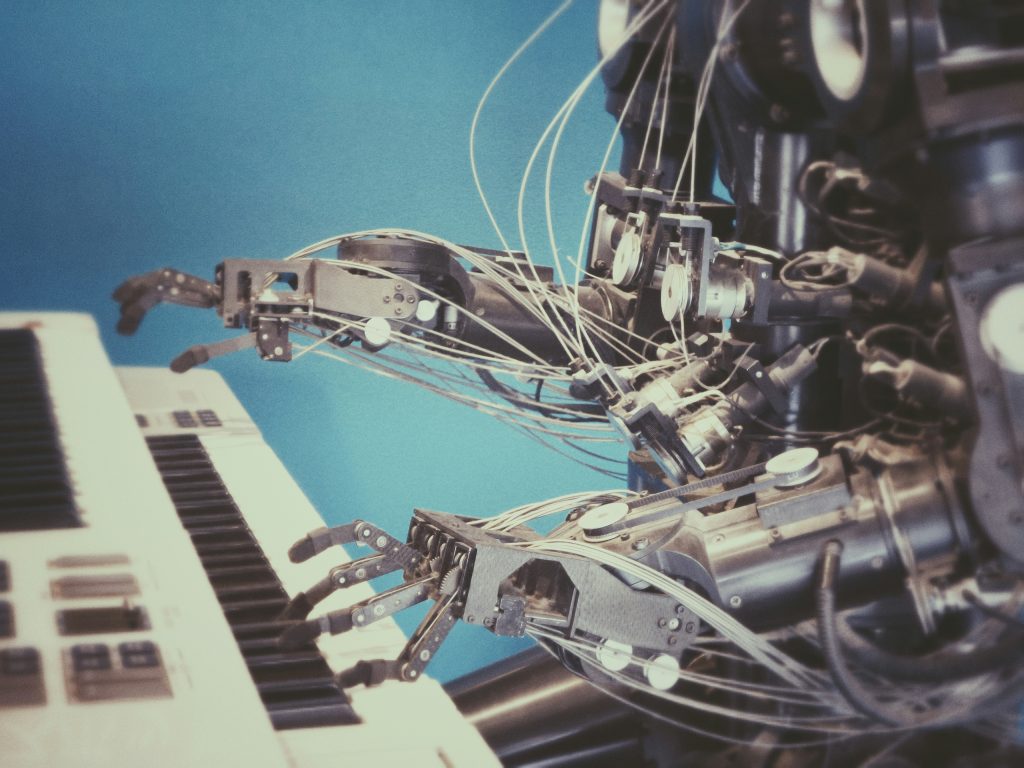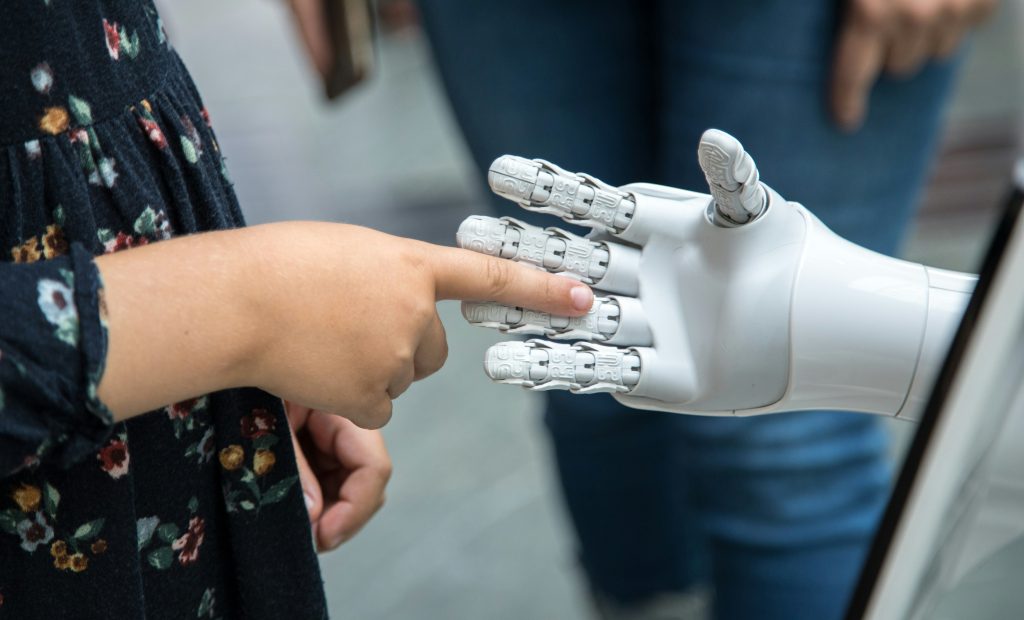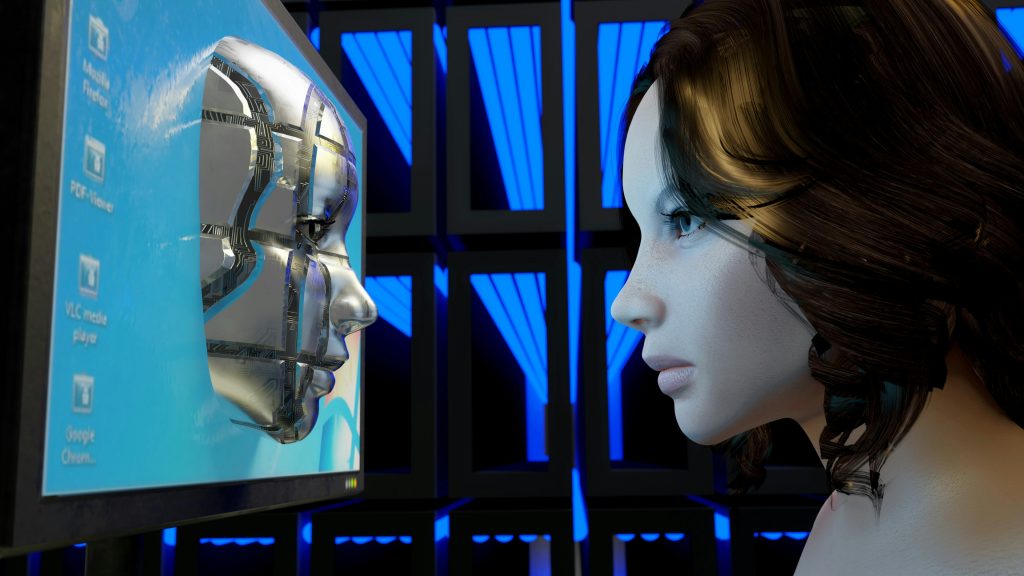Artificial Intelligence is entering a surprising domain: creativity. From painting portraits and composing music to writing articles and designing logos, AI is now capable of producing content once thought to be exclusively human. But can machines really be creative?
AI-powered tools like DALL·E, ChatGPT, and Amper Music generate creative outputs by analyzing massive datasets and identifying patterns. They can mimic artistic styles, write poetry, or generate original music compositions in seconds. In the creative industry, this helps artists, writers, and designers save time, explore ideas, and enhance productivity.
However, AI doesn’t “create” in the same way humans do. It lacks emotions, intentions, and lived experiences—core elements that define human creativity. Instead, it recombines existing knowledge in novel ways. So while AI can assist creativity, it’s still a tool rather than an originator.
That said, the line is blurring. Artists now collaborate with AI to produce hybrid works, exploring co-creation where human vision and machine ability intersect. In marketing, AI generates content ideas, ad copies, and even personalized campaigns at scale. In filmmaking and gaming, it helps with scripting, design, and storytelling.
There are also ethical concerns. Who owns AI-generated content? What happens when AI-generated art is indistinguishable from human work? These questions are prompting legal and philosophical debates around authorship and originality.
In conclusion, AI is enhancing—not replacing—creativity. It offers powerful tools for experimentation and production, expanding the boundaries of what’s possible. The future of creativity lies in human-machine collaboration, where AI acts as a partner in the creative process.



